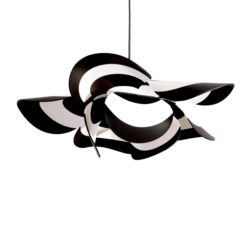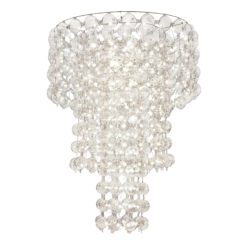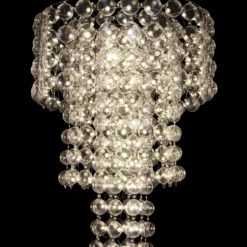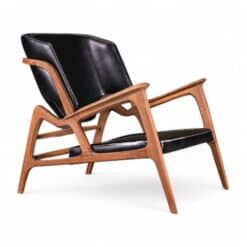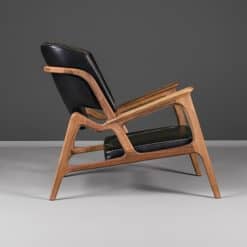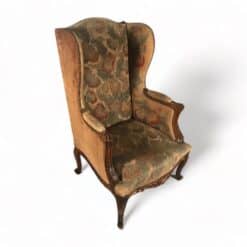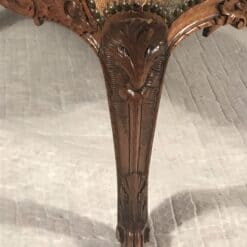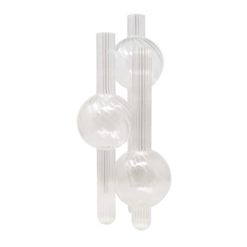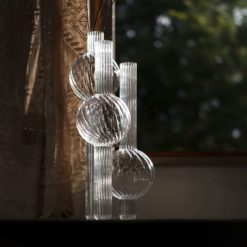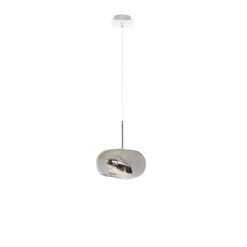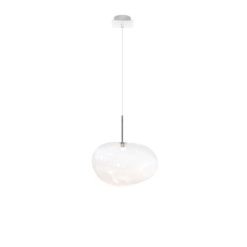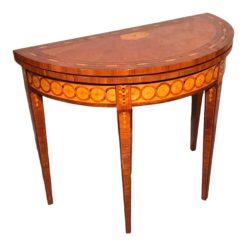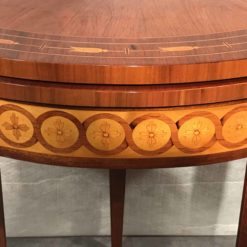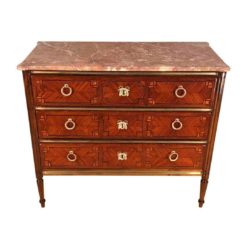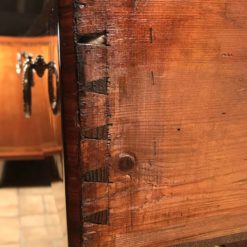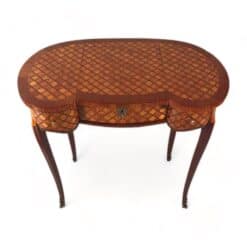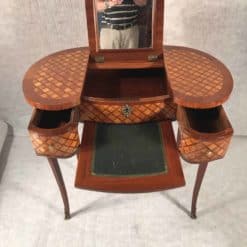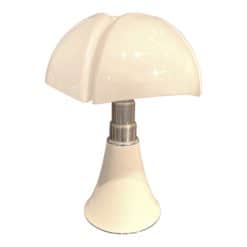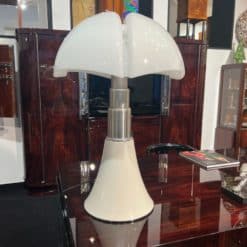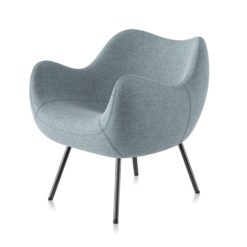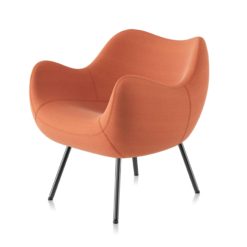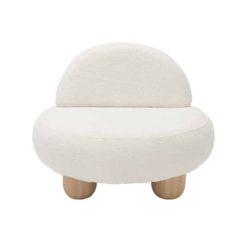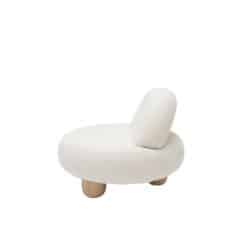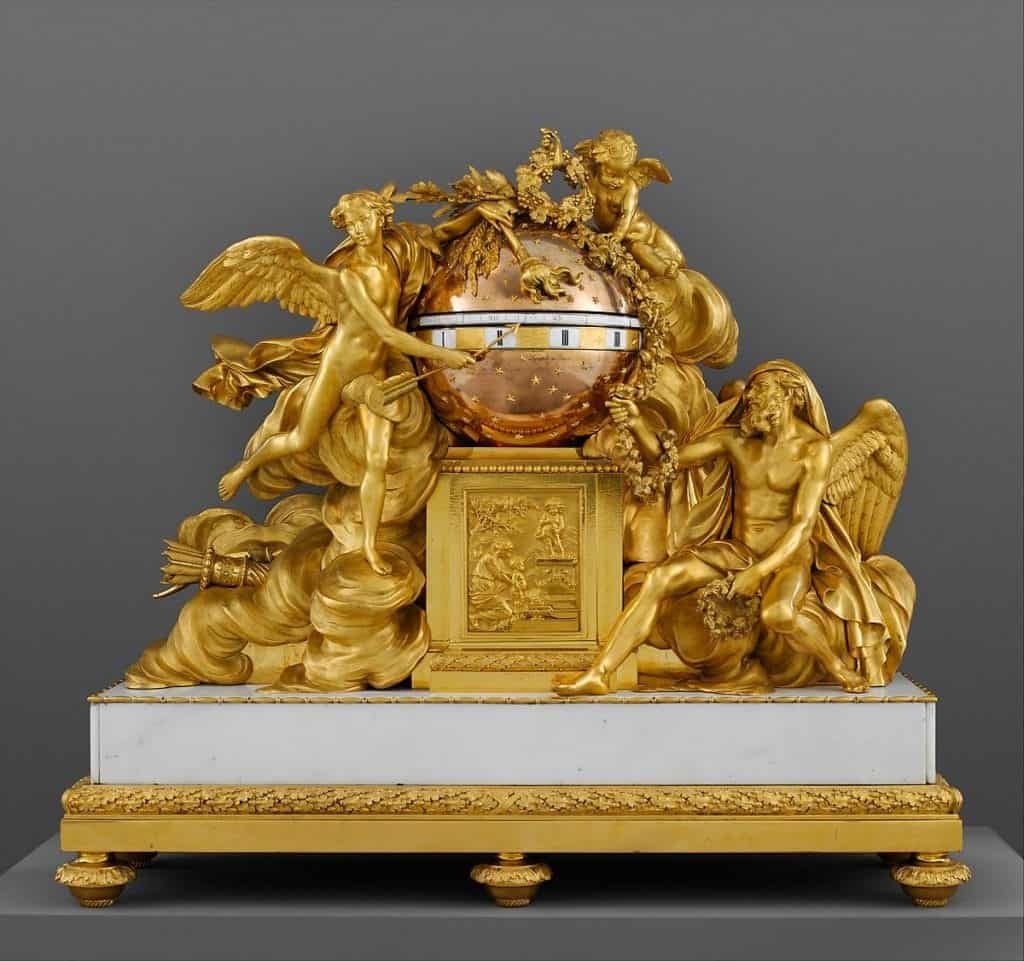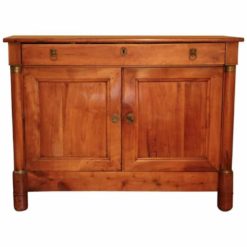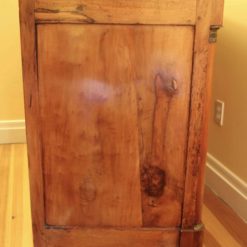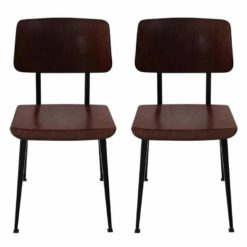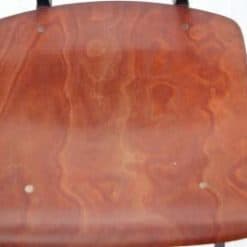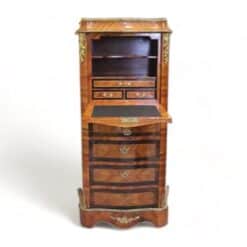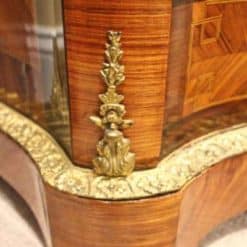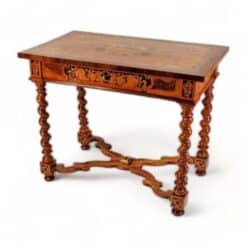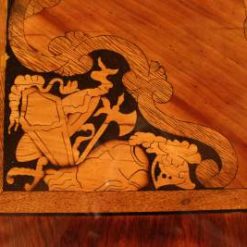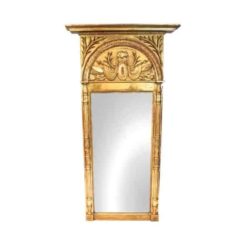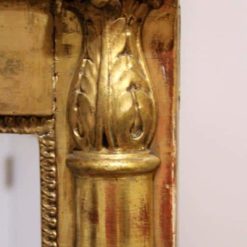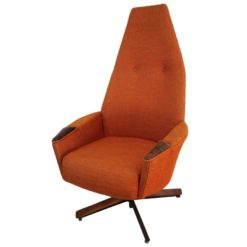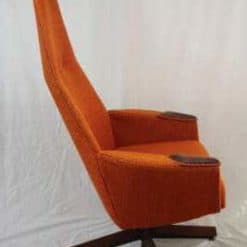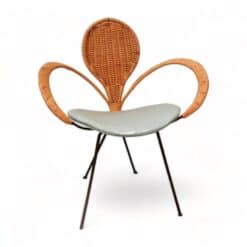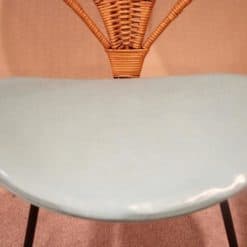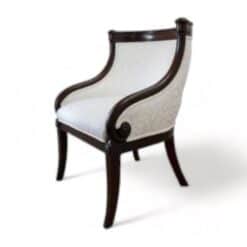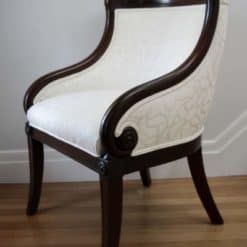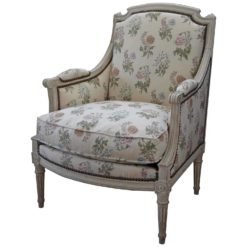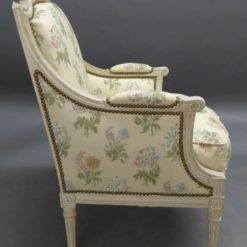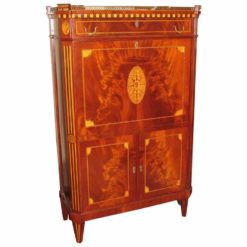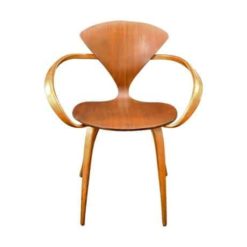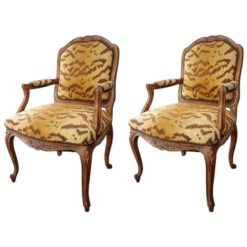Best Sellers
Styylish History
French Ormolu
Everything About French Ormolu
Whether you are a die-hard antique dealer or someone who just appreciates one-of-a-kind antique furniture, you know about French ormolu.
From the time it first emerged in France, ormolu became the foundation of decorative arts across Europe throughout the 18th and 19th centuries.
Ormolu is known as gilt bronze in English and bronze doré in French. Although it is stunning, it is also highly durable.
Craftsmen have used gilt bronze since antiquity. Examples are found throughout Eurasia, mainly in Chinese designs.
18th and 19th-century ébénistes, or French cabinetmakers, used this decorative technique for furniture, clocks, lighting, and porcelain mountings.
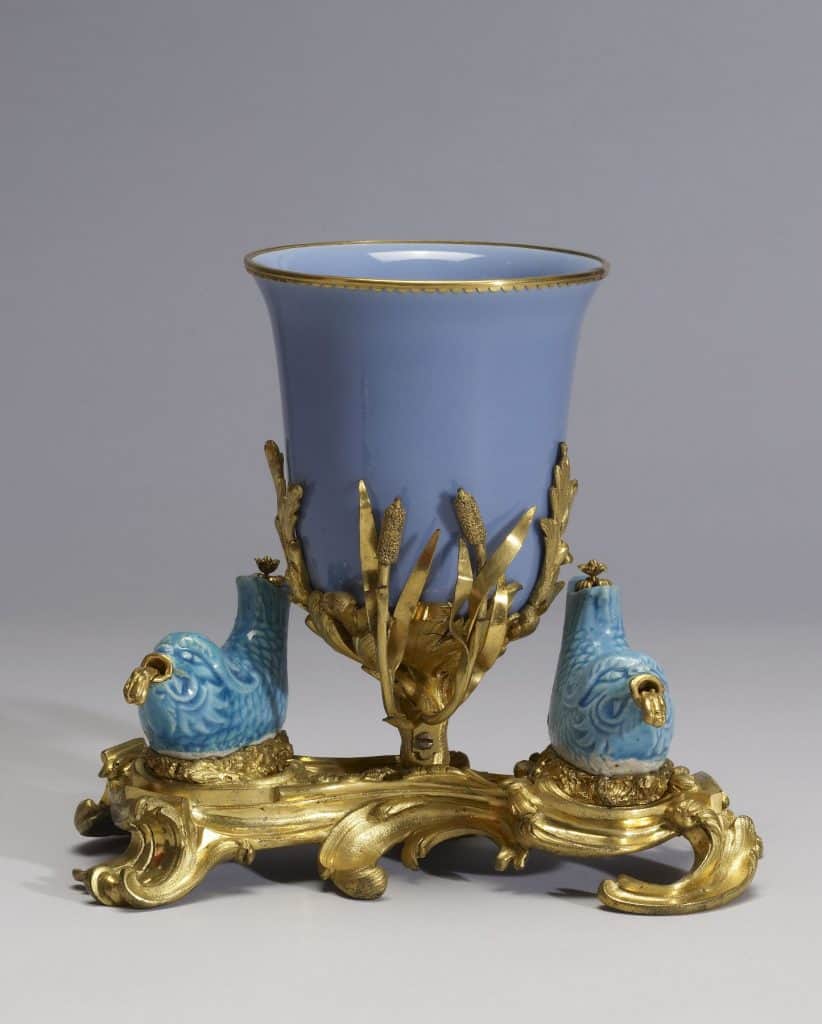
Because of the strict regulations imposed by guilds, cabinetmakers could only attach the bronze mounts to the furniture, not produce them.
Instead, it was the fondeur-ciseleurs (founders and finishers) that produced exceptionally intricate French ormolu designs.
Citing health concerns, France restricted the use of mercury around 1830, but the gilders continued using the traditional process well into the 20th century.
Around 1830, legislation in France had outlawed the use of mercury for health reasons, though use continued to the 1900s.
What is French Ormolu?
“True” ormolu is a technique that involves mercury- or fire-gilding.
First, gilders used a mixture of mercuric nitrate to cover copper, brass, or bronze objects.
Then, they applied a finely powdered mixture of high-carat gold and mercury to a bronze item.
Next, the craftsman fired the object in a kiln, where extremely high temperatures vaporize the mercury, leaving only the gold finish.
The results of this process produce highly luxurious, opulent, ornamental mountings for the world’s most well-crafted
furniture and decorative objects.
Health Risks
The process of French ormolu was just as hazardous as it was magnificent.
Because of the continuous exposure to poisonous mercury fumes, the life expectancy of most gilders was only 40 years.
Mercury poisoning was nothing new for 18th and 19th-century cabinetmakers. John Webster, a Jacobean dramatist, wrote,
“Hang him; a gilder that hath his brains perished with quicksilver is not more cold in the liver.”
— The White Devil, 1612
Although France passed laws banning the use of mercury, it remained a common material for cabinetmakers until the early 20th century.
Even during the 1960s, select few workshops continued using the traditional process for ormolu.
Alternative Ormolu Techniques
Although people recognized the risks of mercury and governments prohibited its use, the demand for beautiful French ormolu remained.
In 1840, a new process called electroplating was patented. With this technique, fondeur-ciseleurs layered metallic objects with gold or similar metal and still get a lustrous finished object.
Electroplating was much more affordable than traditional “true” ormolu. But more importantly, it was far better for gilders’ health and safety.
Another method gilders used for crafting delicate decorative adornments was silver-gilt, or vermeil. It typically involves the same techniques used for producing gold ormolu.
Pomponne, a blend of copper, zinc, and sometimes tin, developed in France as another option for ormolu-like mountings.
While this technique resembles true ormolu, it is technically a form of brass because of the blend of metals used in this process.
In the 19th century, people used the term Pomponne to describe gilt metal or imitation gold.
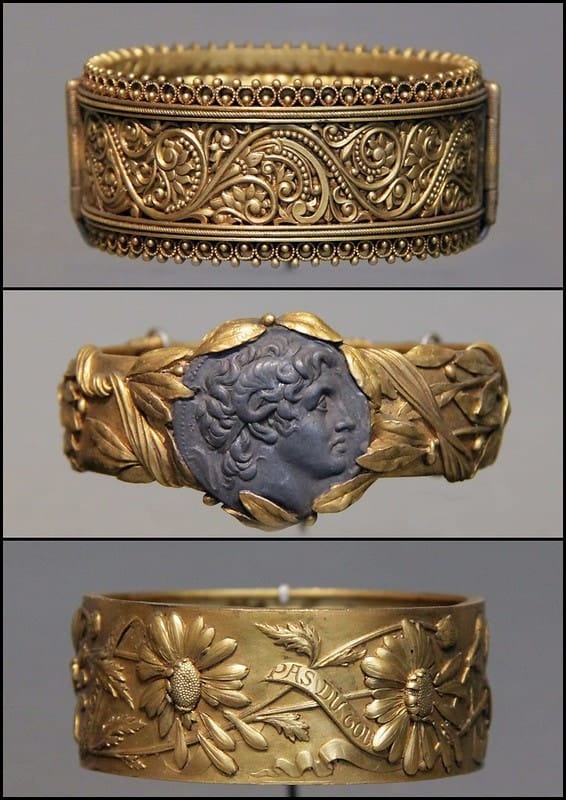
Musee des Art et Metiers
How To Spot Ormolu
Ormolu is often found as a decorative mount on 18th and 19th-century European antiques, such as furniture, vases, porcelain, and clocks.
Typical ormolu designs feature sculptural or architectural characteristics. For example, they replicate motifs like figures, flora, or fauna, or columns, balustrades, frames, and supports.
Given these points, ormolu is both a decorative and central feature to the overall composition of a piece.
Polished ormolu shines brightly in a similar way to gold. It will feel durable and comparable in weight to metal. The bronze will be noticeable if the gold coating is scraped off or scratched.
French Ormolu During The Baroque Period
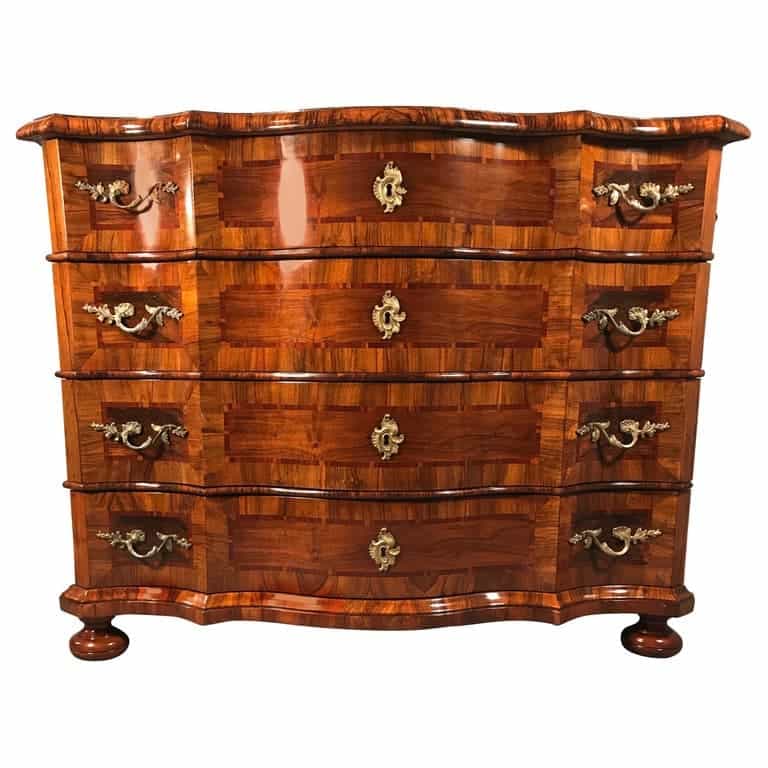
The Baroque period was the moment when cabinetmakers rose to prominence and when French ormolu mounts became a symbol of opulence.
Previously, wealthy aristocrats bought furniture with bronze details. But during the Baroque period, they sought more extravagant pieces with ormolu mounts.
Ormolu-adorned light fixtures grew popular, as the gilding reflected the light and created a magnified the candle’s flickering effect.
Louis XIV, who ruled from 1643 to 1715, capitalized on the opulence of the Baroque style. The French King is believed to said that, “there is nothing that indicates more clearly the magnificence of great princes than their superb palaces and their precious furniture.”
Andre-Charles Boulle (1642-1732) was the most notable cabinetmaker of his time.
His innovative designs revolutionized the decorative arts and popularized ormolu mounts on furniture.
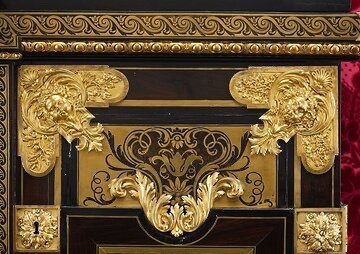
ca. 1700
Attributed to André Charles Boulle | Source: The Met
Rococo Ormolu
Cabinetmakers utilized ormolu for a wide variety of decorative designs. But it was 18th and early 19th century French ébénistes, however, who truly mastered this technique.
Ormolu remained an intrinsic part of Rococo style design during the 18th century.
In addition to furniture, chandeliers, candelabras, clocks, and ceramic pieces were all popular items for French bronze ormolu.
The marchands-merciers, or precursors of decorators, were Parisian craftsmen. During the Rococo and Neoclassical periods, they accessorized fireplaces, clock cases, light fixtures, and more.
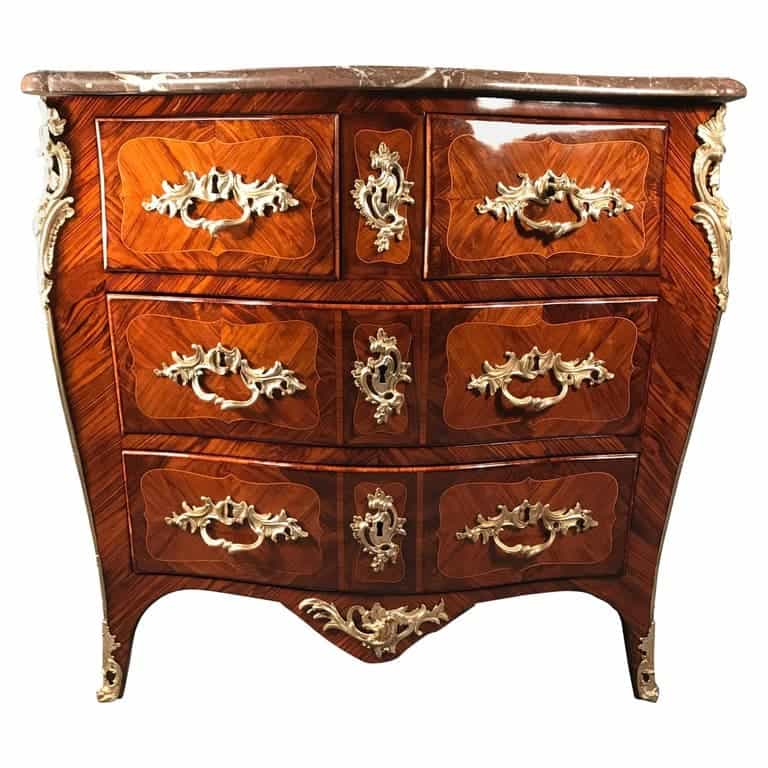
Additionally, the fondeurs-ciseleurs made as much use with French ormolu as possible.
Craftsmen created bronze mounts with lost wax casting. They added details using chiseling and chasing.
Rococo period gilt bronze decorations are thinly cast, delicately chiseled, and partly-burnished.
Gilded mounts highlighted the curved, scrolling forms in furniture and often resembled shells, waves, and flora.
Jacques Caffieri (1678-1755) created remarkably detailed pieces that many considered as delicate as a jewelers’. Much of his work decorated the Palace of Versaille.
Pierre Gouthière (1732-1813) was a renowned metal worker who solidified his mastery of French ormolu after creating an elaborate jewel chest for Marie Antoinette in 1769.
Charles Cressent (1685–1768) was a prominent founder of the régence style designer and considered by some to be the 18th century’s most celebrated decorative artist. He specialized in ormolu clock casings.
Chinese and European ornamental porcelains, which were often only for displays, were costly luxury items. Adding gilt-bronze mountings to these wares elevated them to new heights.
The marchands-merciers possed sole access to ceramic materials, which allowed them to bypass strict guild rules. They singularly produced Chinese porcelain with gilt-bronze mounts.
Neoclassical Ormolu
In 1776, King Louis XVI commissioned a new style of ormolu mounts that became known as Neoclassicism.
During this period, gilders had more creative license with their designs. This freedom contributed to some of the most significant examples of cast and chased ormolu in the world.
Neoclassical style ormolu is richly detailed and finely-cast. This effect creates very interesting and diverse furniture surfaces.
During the Rococo period, the purpose of ormolu was to showcase furniture’ forms. But that changed with Neoclassicism, and gilt-bronze mounts became the focal point of the piece.
Ribbons, bows, garlands, draperies, and other figures from antiquity became typical motifs for Neoclassical ormolu.
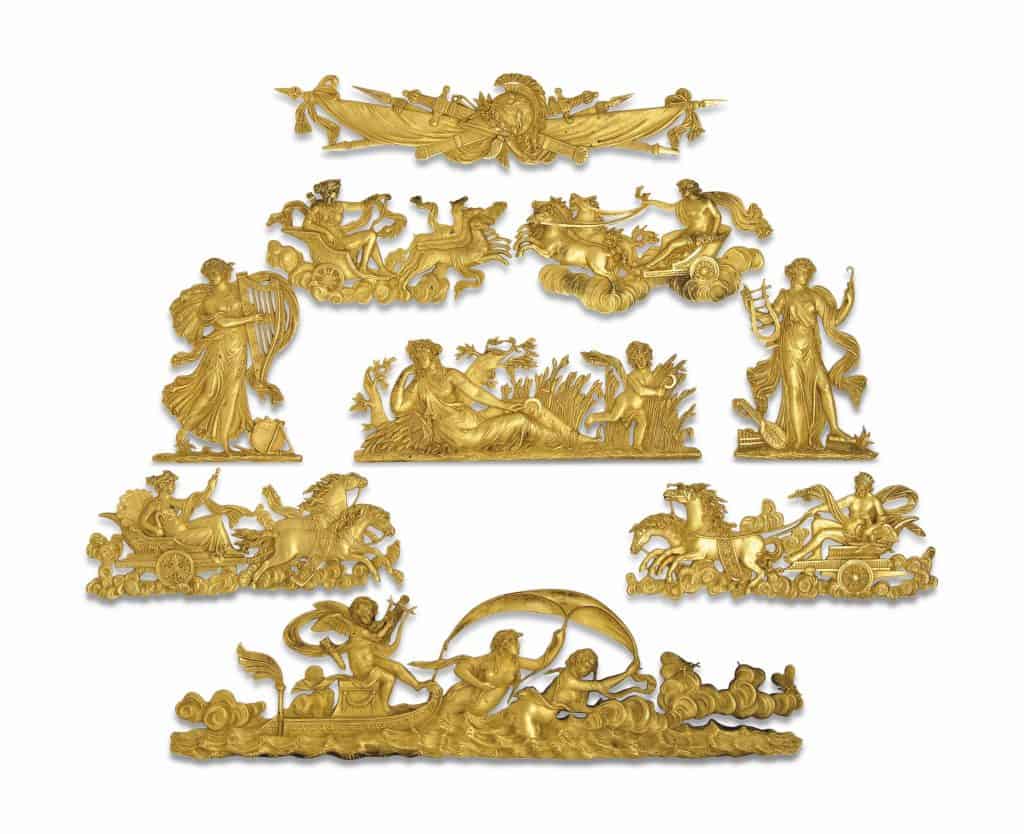
French Ormolu During the Empire Period
The French Empire style marked the height of ormolu in the decorative arts.
However, it was ormolu mantel clocks, not French furniture, that experienced the most artistic innovation. These figural clocks followed Neoclassic designs and embellished with classical sculptures and forms.
Pierre-Philippe Thomire (1751–1843) was a leader of First French Empire gilt-bronze furniture mounts. He crafted furniture for some of France’s wealthiest patrons, including Napoleon.
Claude Galle (1759-1815) and André-Antoine Ravrio (1759-1814) were two other foremost Empire period craftsmen who led the way in decorative innovation.
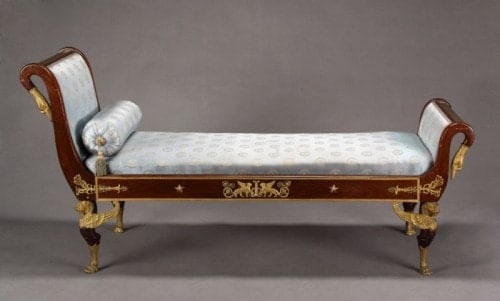
19th-Century Ormolu
Cabinetmakers and gilders continued their love for ormolu mounts throughout the 19th century, applying it on fine furniture, light fixtures, clocks, and more.
Toward the end of the 19th century, several revivalist styles arose. Rococo and Neoclassicism, in particular, became quite popular, although artisans sought to make more intricate ormolu designs than previous fondeur-ciseleurs.
François Linke (1855–1946) was one of the most influential French cabinetmakers during this period, inspired primarily by the Rococo style.
After partnering with acclaimed sculptor Léon Méssagé (1842-1901), Linke created some of the century’s most elegant furniture ormolu mounts.
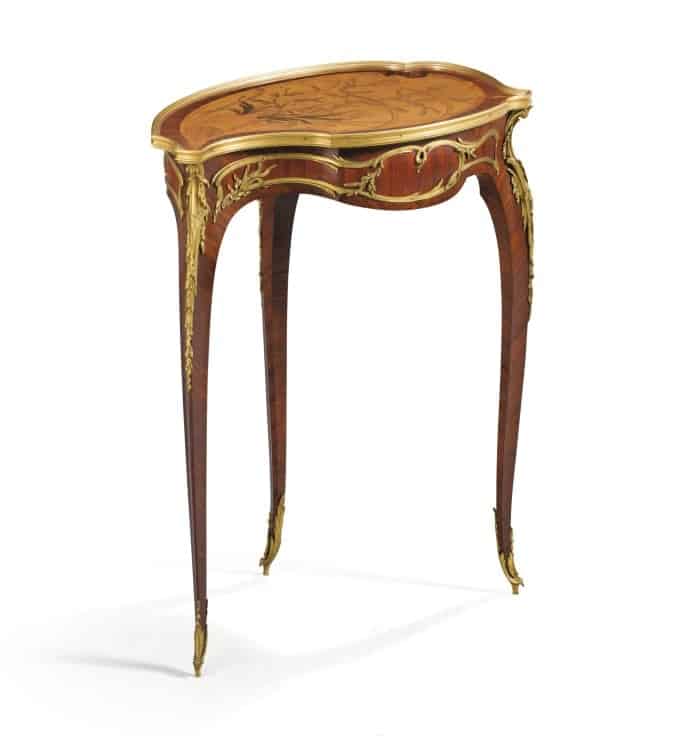
Conclusion
There is a reason why French ormolu is so popular both past and in the present. Its vibrant coloring and radiant finish make it the perfect selection for a striking, luxurious interior.
Plus, it has the rare, valuable character of gold without the huge cost of solid gold or the cheap quality of faux-gold objects.
It’s because of these that people in the 18th and 19th centuries and those in the 21st continue to share an appreciation for ormolu designs.
Styylish
The Shop is home to hundreds of beautiful, handcrafted antique furniture pieces. Take a look and see what’s there for you!
Visit the Blog for more history about antique furniture and the decorative arts. You can also find style and inspiration tips, too!
Sources
-
“Ormolu.” Wikipedia, Wikimedia Foundation, 4 Feb. 2020, en.wikipedia.org/wiki/Ormolu.
-
“Ormolu: As Good as Gold.” Mayfair Gallery, 3 May 2018, www.mayfairgallery.com/blog/ormolu-good-as-gold.
-
The Editors of Encyclopaedia Britannica. “Ormolu.” Encyclopædia Britannica, Encyclopædia Britannica, Inc., 12 Nov. 2010, www.britannica.com/art/ormolu.
- Metmuseum.org, www.metmuseum.org/toah/hd/gilt/hd_gilt.htm.

